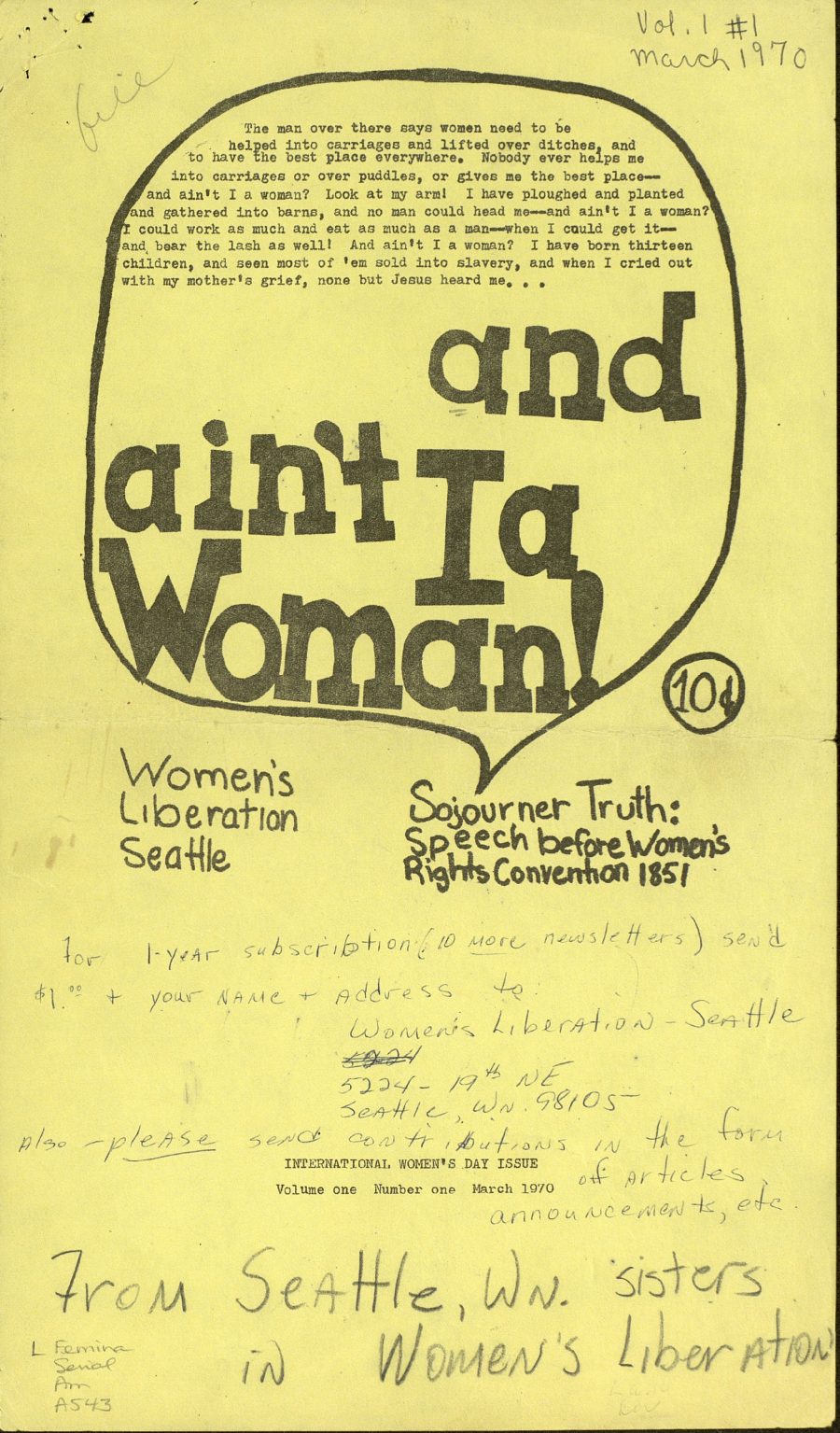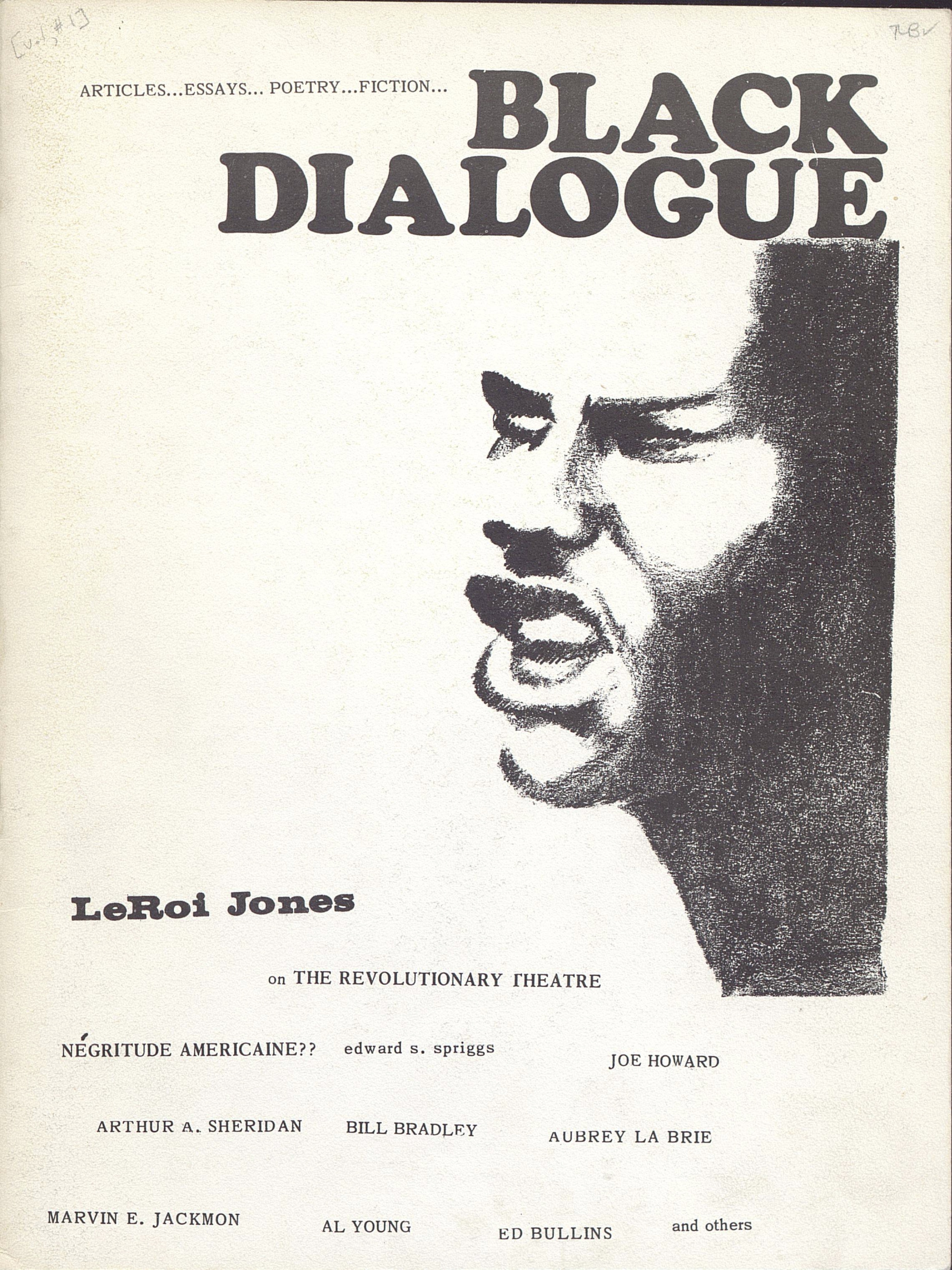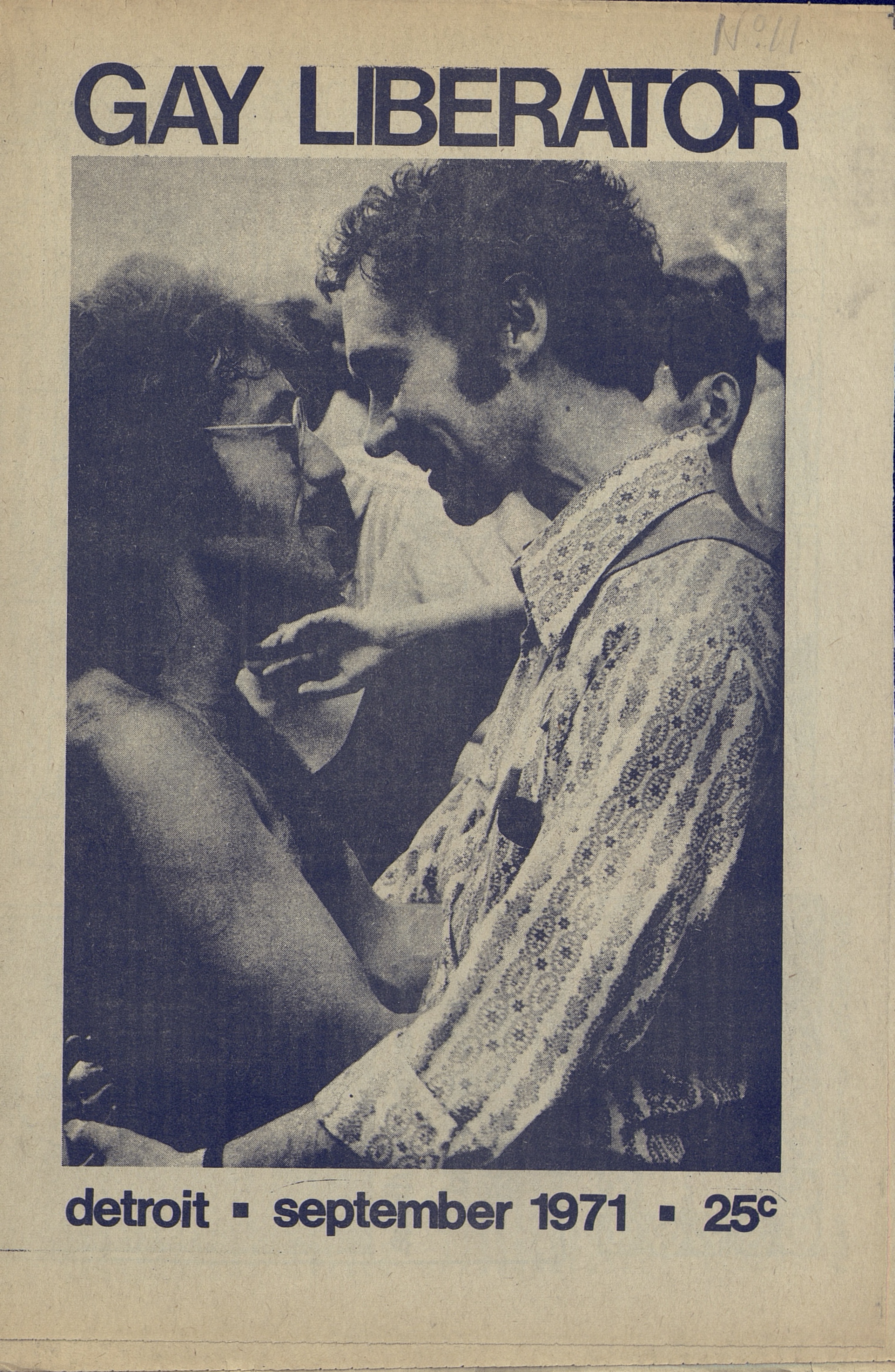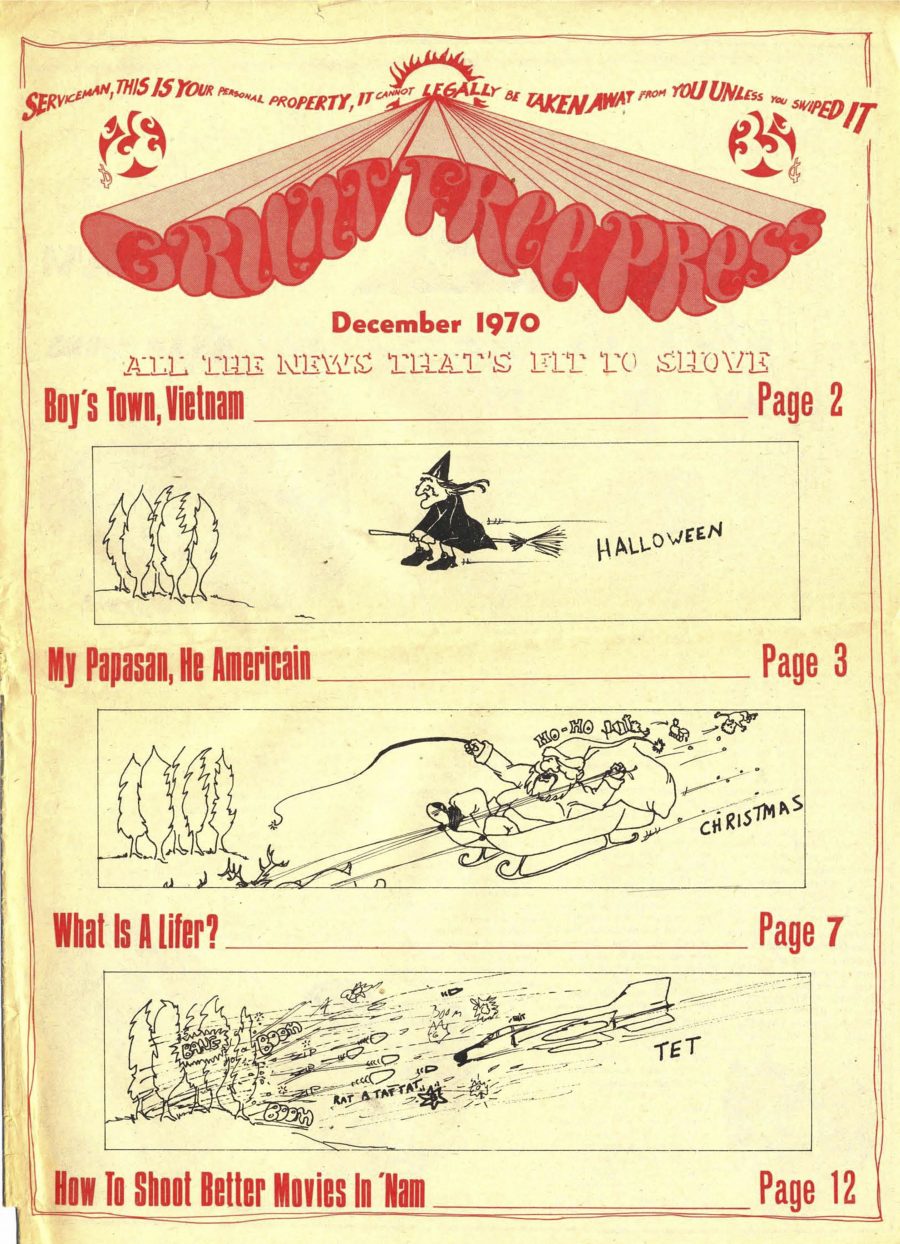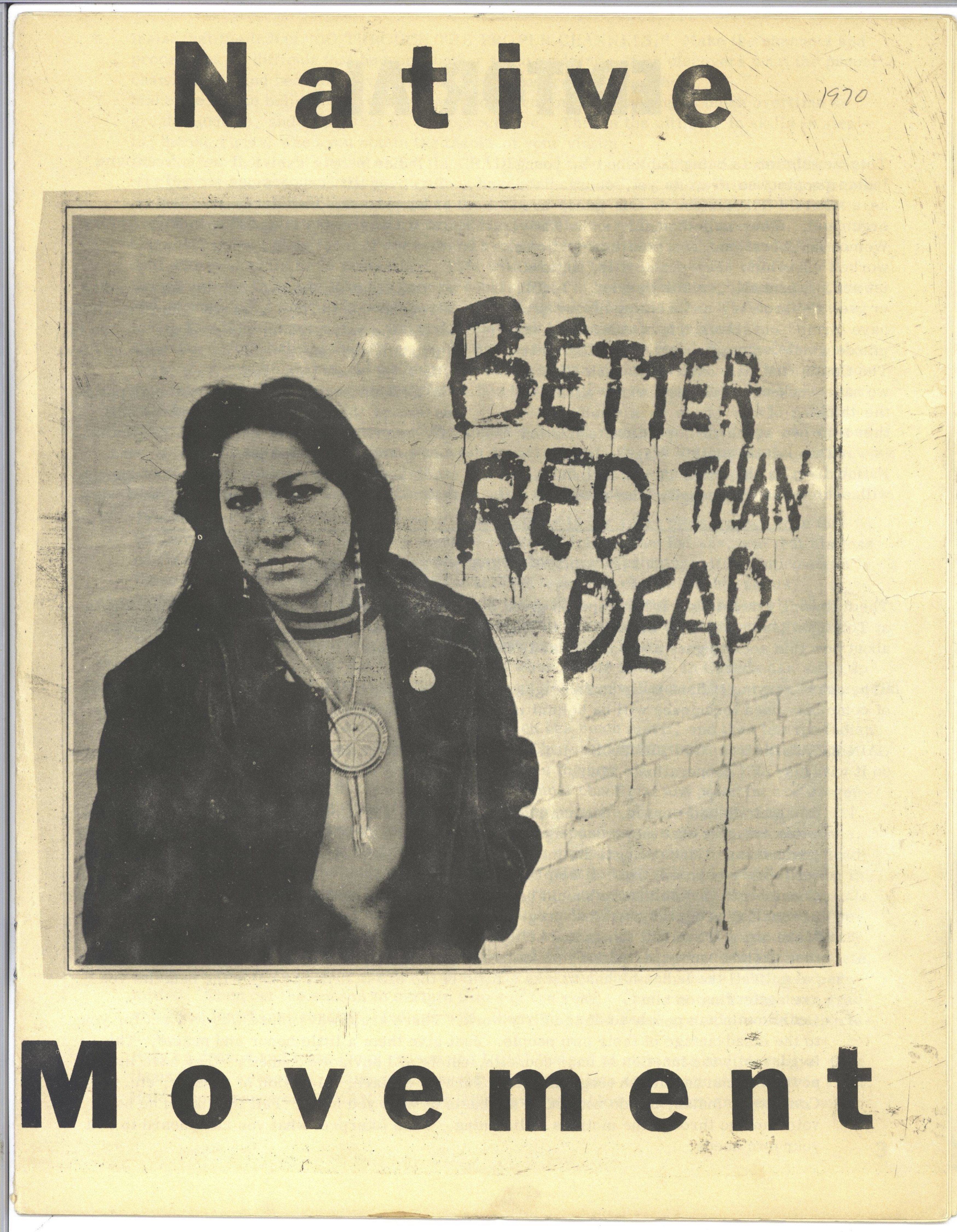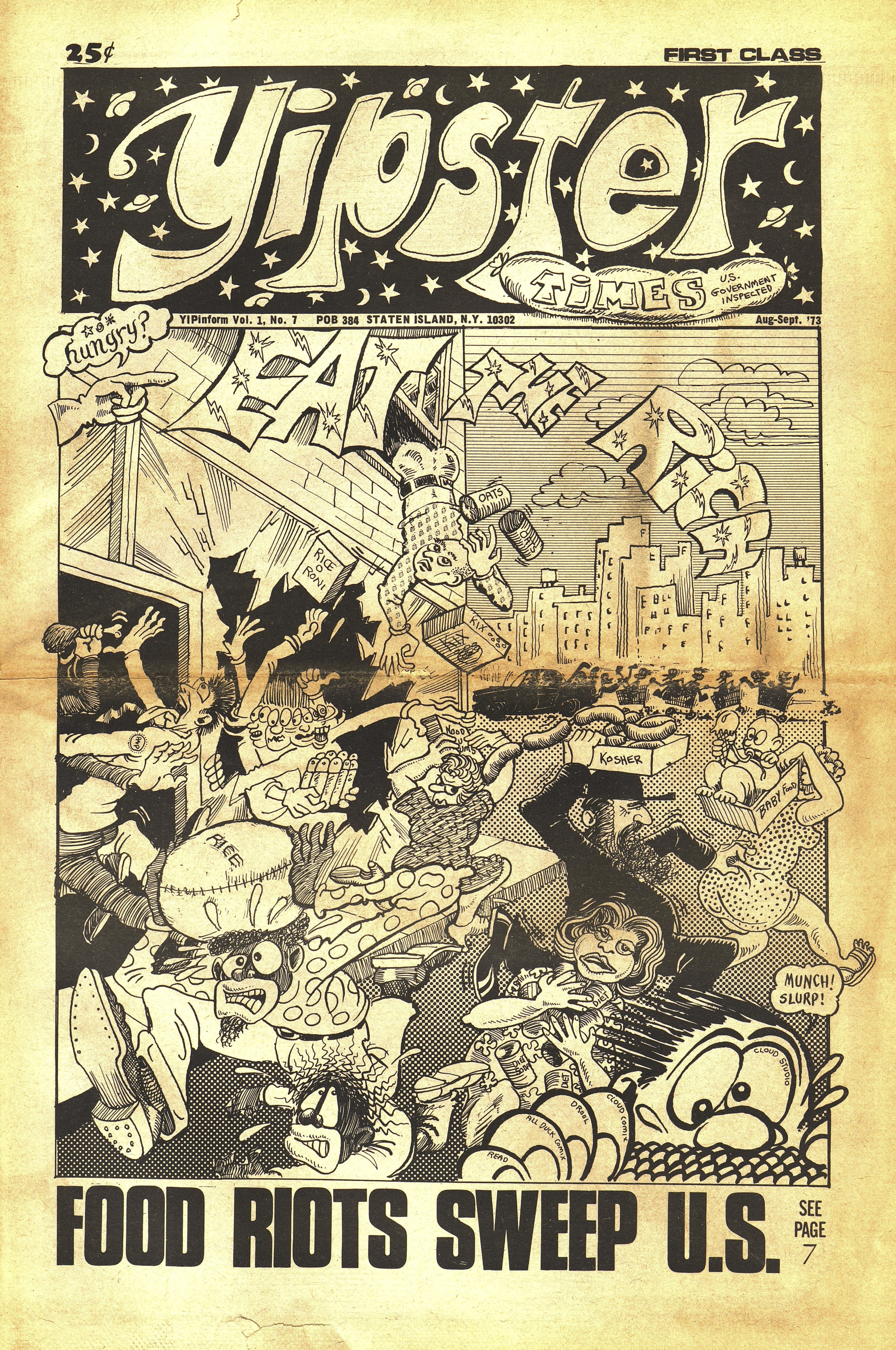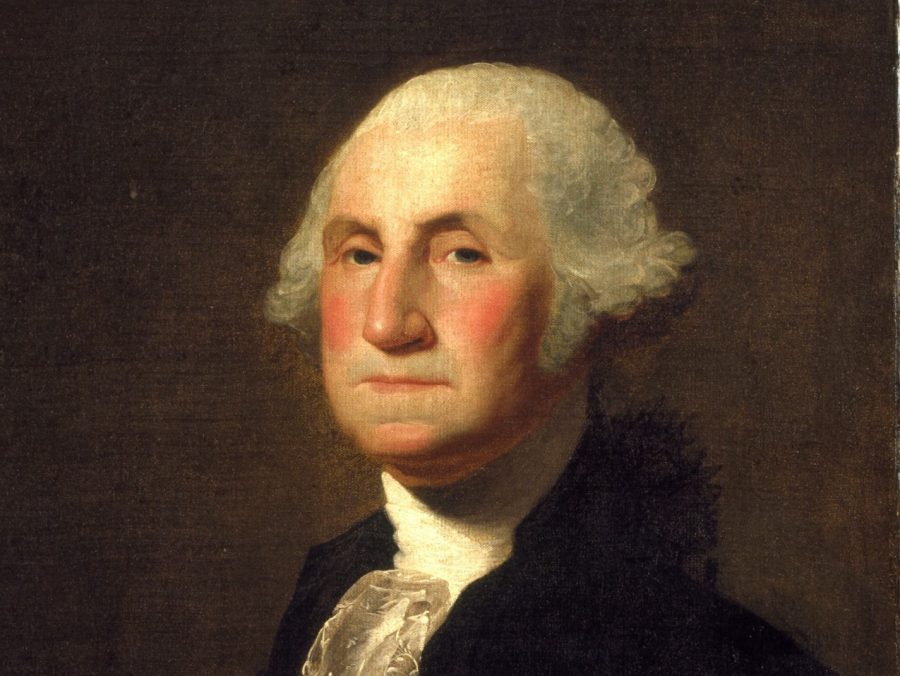Above we have a very short video of a hand stamping the face of freedom fighter and abolitionist Harriet Tubman, aka Araminta Ross, over the stony mug of Andrew Jackson, aka Old Hickory, “Indian Killer,” and slaveholding seventh president of the United States who presided over the Indian Removal Act that inaugurated the Trail of Tears with a speech to Congress in which he concluded the only alternative to forcing native people off their land might be “utter annihilation.”
Hero to America Firsters, Jackson has featured on the U.S. twenty-dollar bill since 1928. Ironically, he was bestowed this honor under Calvin Coolidge, a progressive Republican president when it came to Civil Rights, who in 1924 signed the Indian Citizenship Act into law, granting all Indigenous people dual tribal and U.S. citizenship.
Anyway, you’ll recall that in 2016, Treasury Secretary Jacob Lew announced “the most sweeping and historically symbolic makeover of the American currency in a century,” as The New York Times reported, “proposing to replace the slaveholding Andrew Jackson on the $20 bill with Harriet Tubman.”
Furthermore, Lew planned to add historic feminist and Civil Rights figures to the five and ten dollar bills, an idea that did not come to fruition. But as we awaited the replacement of Jackson with Tubman, well… you know what happened. Andrew Jackson again became a figurehead of American racism and violence, and the brutal new administration walked back the new twenty. So designer Dano Wall decided to take matters into his own hands with the creation of the 3D-printed Tubman stamp. As he shows in the short clip above, the transformed bills still spend when loaded into vending and smart card machines.
Of course you might never do such a thing (maybe you just want to print Harriet Tubman faces on plain paper at home?), but you could, if you downloaded the print files from Thingiverse and made your own Tubman stamp. Wall refers to an extensive argument for the legality of making Tubman twenties. It perhaps holds water, though the Treasury Department may see things differently. In the British Museum “Curator’s Corner” video above, numismatist Tom Hockenhull shows us a precedent for defacing currency from shortly before World War I, when British suffragists used a hammer and die to stamp “Votes for Women” over the face of Edward VII.
The “deliberate targeting of the king,” writes the British Museum Blog, “could be likened to iconoclasm, a direct assault on the male authority figures that were perceived to be upholding the laws of the country.” It’s a practice supposedly derived from an even earlier act of vandalism in which anarchists stamped “Vive l’Anarchie” on coins. The process would have been difficult and time-consuming, “probably carried out by a single person using just one set of individual alphabet stamps.” Thus it is unlikely that many of these coins were made, though historians have no idea how many.
But the symbolic protest did not stand alone. The defaced currency spread the message of a broad egalitarian movement. The ease of making Tubman twenties could spread a contemporary message even farther.
via Kottke
Related Content:
Josh Jones is a writer and musician based in Durham, NC. Follow him at @jdmagness



